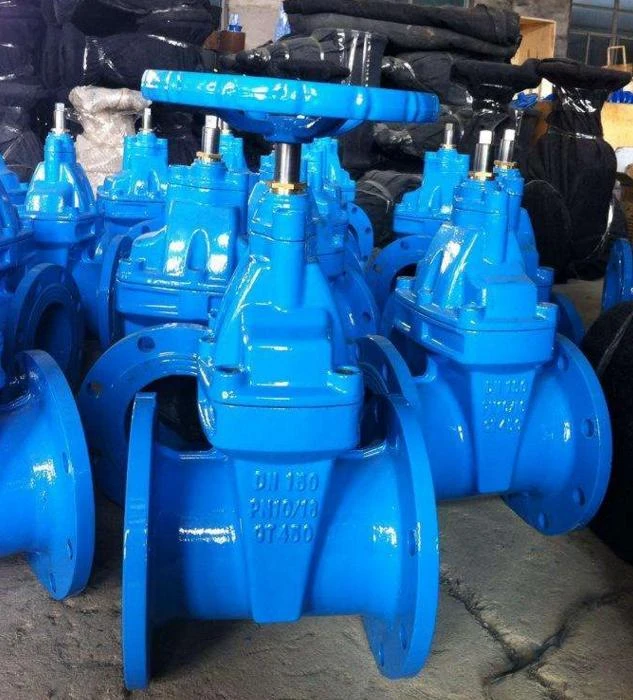nov. . 07, 2024 13:21 Back to list
Exploring Various Categories of V Blocks for Precision Machining
Understanding the Types of V Blocks A Comprehensive Guide
V blocks are essential tools used in various machining and engineering applications. They serve as versatile workholding devices to support and align cylindrical objects, thus ensuring precise machining operations. Their design allows for stable positioning of the workpiece, facilitating accuracy during processes such as milling, drilling, and grinding. In this article, we will explore the different types of V blocks and their applications across various industries.
1. Basic V Block
The basic V block is the simplest form of this tool, characterized by a V-shaped groove running along its length. Typically made from hardened steel or cast iron, these blocks are robust and durable, making them suitable for most workshop environments. The simple design allows them to support various cylindrical materials, including rods, shafts, and tubes, ensuring that they remain fixed during machining processes. The basic shape can vary in size based on the diameter of the workpiece being used.
2. V Block with Clamping Fixtures
These V blocks integrate clamping fixtures to hold the workpiece securely in place. This feature is essential when dealing with heavy or awkwardly shaped components that require extra stability. Clamping can be adjusted for different sizes of workpieces, ensuring versatility in the workshop. This type of V block is often used in applications like welding, where parts need to be aligned precisely before joining.
3
. Magnetic V BlockMagnetic V blocks feature built-in magnets that hold the workpiece firmly in place without the need for additional clamping devices. This type is particularly useful for operations that involve small or lightweight cylindrical components that might be difficult to secure otherwise. The magnetic field can be turned on or off, allowing for easy repositioning of the workpiece. Magnetic V blocks are favored in applications such as precision grinding and surface finishing, where the need for quick setup and repositioning is critical.
types of v block

4. Adjustable V Block
Adjustable V blocks offer a significant advantage in terms of flexibility. These blocks come with movable components that allow the V opening to be widened or narrowed, accommodating various sizes of cylindrical workpieces. This adaptability makes them ideal for workshops that handle diverse materials and diameters. Adjustable V blocks can often be used in conjunction with other tools for heightened functionality, making them versatile additions to any machinist’s toolkit.
5. Multi-Sided V Block
Multi-sided V blocks, also known as multi-position V blocks, have more than one V groove on their body. This design enables multiple cylinders to be machined simultaneously or allows for different orientations depending on the specific requirements of the task. They provide greater efficiency by reducing setup time, especially in environments where time is of the essence. These blocks are commonly used in assembly lines or mass production settings, where precision and speed are critical.
6. V Block with Indicating Features
These advanced V blocks come equipped with built-in measuring tools, such as dial indicators or electronic readouts. They allow machinists to check the workpiece alignment and determine whether additional adjustments are necessary directly at the setup stage. This type of V block is particularly beneficial in high-precision machining operations where even minor deviations can impact the overall quality of the finished product.
Conclusion
V blocks play a crucial role in various machining and engineering processes by providing stability and ensuring precision during operations. Understanding the different types—from basic V blocks to magnetic and adjustable versions—enables machinists and engineers to select the appropriate tool for their specific applications. As industries continue to evolve and demand for higher precision grows, the innovation in V block designs will likely keep pace, enhancing their functionality and efficiency. Regardless of the type, V blocks remain indispensable tools in the world of precision machining and fabricating.
-
Precision Manufacturing with Advanced Spline Gauge DesignNewsJul.31,2025
-
Industrial-Grade Calibrated Pin Gauges for Exact MeasurementsNewsJul.31,2025
-
Industrial Filtration Systems Depend on Quality Filter DN50 SolutionsNewsJul.31,2025
-
High-Performance Gate Valve WholesaleNewsJul.31,2025
-
Granite Surface Plate The Ultimate Solution for Precision MeasurementNewsJul.31,2025
-
Granite Industrial Tools The Ultimate Guide for Bulk BuyersNewsJul.31,2025
Related PRODUCTS









